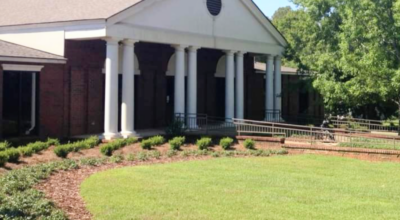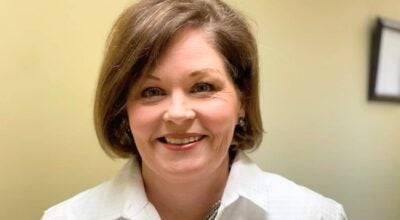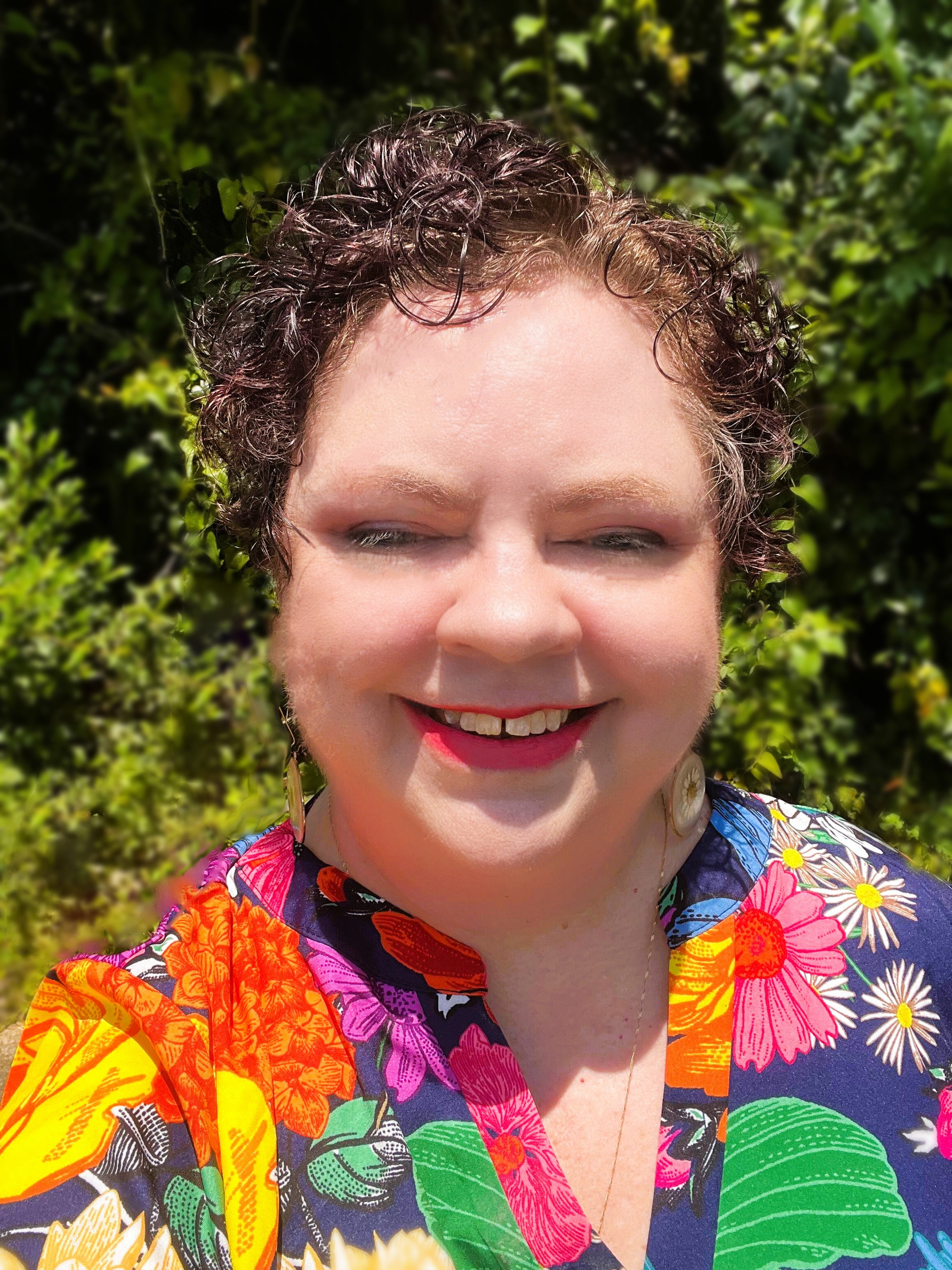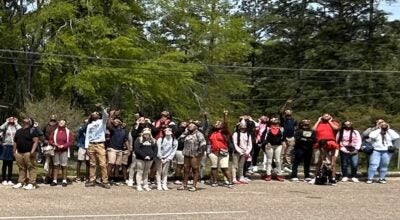Local receives closure after 75 years
Published 11:12 am Wednesday, December 21, 2016
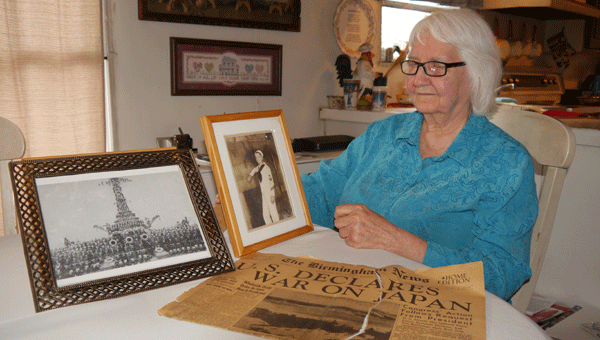
Jean Bodiford of the Liberty community was a little girl eagerly awaiting her 10th birthday when the horrific news of the attack on Pearl Harbor came over the radio in the family’s Pensacola home, shattering their world. For 75 years Bodiford and her family waited for the remains of her uncle Henry Sollie, a sailor aboard the USS Oklahoma, to be identified and returned home. Now, their prayers are coming true.
It’s a story of duty, honor and sacrifice; a story of a family’s love and their deep faith that one day their sailor would come home from the sea.
Jean Bodiford of the Liberty Community has been waiting for her uncle, Walter Henry Sollie, known as Henry to the family, to return for a very long time.
At age 85, Bodiford remembers clearly a certain day in December of 1941. She and her family were at their home in Pensacola, just six days away turning 10, “and I was wondering what I was going to get for my birthday.” The little girl and brothers Buddy and Clifford were eating cornbread and milk, the boys arguing over which one was the biggest and strongest as only an eight- and four-year-old pair of little brothers can do.
“Mama had gingerbread baking and the kitchen smelled so good . . . Daddy was working on a chifferobe and kitchen safe for Mama and we were all listening to music on the little tabletop radio—and then all of the sudden we heard this announcement. He said the Japanese had attacked Pearl Harbor!”
Their peaceful day was shattered. “I just remember Mama saying, ‘Oh, my Lord, Henry and Fred are over there!’ She was my stepmother, as my mother Nina died of pneumonia when I was just seven. However, she was truly a second mother, and just as upset as if those had been her blood relatives,” Bodiford explains.
“And Daddy—well, that was the day I learned that men could cry, too.”
Henry Sollie, a Marengo County native, and his brother Fred were little Jean’s maternal uncles, both serving as water tenders (firemen) in the US Navy and both stationed at Pearl Harbor. Henry, who had entered the military in 1923, served on the battleship USS Oklahoma, while Fred served on a smaller vessel, the USS Schley. For the Sollies’ family and friends, it was agonizing not to know the actual fate of the young men.
The family grabbed their coats and headed over to Granny Sollie’s house, where they found her almost inconsolable. “She’d lost her daughter, my mother, just three years before and now, the two boys might be gone, too . . . somehow she managed to get her arms wrapped around both me and my brothers. So many people were there, hugging each other and crying,” Bodiford recalls, adding, “Granny said a hug is another way of saying, ‘I love you.’ In those moments, my shattered world seemed alright again.”
There was both good news and tragic news that came the family’s way in the aftermath of that “day that will live in infamy.”
“Uncle Fred was safe on his ship. But when he heard the explosions that day, he came up from the boiler room to the deck to watch. He saw the Oklahoma torpedoed three times and then capsize,” says Bodiford, adding, “Fred knew his brother was on there, probably down in the boiler room. Henry was due to be relieved down there just a little while later. Fred said he just stood there watching, crying and feeling helpless.”
The two brothers were very close, and they had been planning to take in a movie together that Sunday night.
“When he came home and told us about that day, he couldn’t help but cry all over again,” she says.
She remembers in those days and weeks after the attack seeing American flags flying everywhere, and the rationing of items like sugar and gasoline.
“No one was complaining. Our daddy said we all had to do our part to help with the ‘war effort.’”
Two songs stand out in her mind from days, one that encouraged listeners to “remember Pearl Harbor as we go to meet the foe, to remember Pearl Harbor as we did the Alamo” and the other, Kate Smith’s version of Irving Berlin’s “God Bless America.”
“I went around singing that song, I still love ‘God Bless America’ and I still sing it,” Bodiford says with a smile.
While her uncle Henry was officially declared one of the casualties of the horrific attack, his actual remains were not identified at the time. Only 35 out of the hundreds killed on the Oklahoma were identified and buried in the early years after the attack. In 1950, the rest of the remains were classified as “unknown” and buried at the National Memorial Cemetery of the Pacific.
“We prayed for a long time that we would be able to bring Uncle Henry home. And then the Navy contacted us and said we could send in some of our DNA and it might help identify the remains,” explains Bodiford. “And so we sent it in.”
That was in 2007. After more years of hoping and praying and almost giving up hope, on August 18, 2016, the call they had long hoped to receive finally came.
“We found out that day Uncle Henry’s remains had been positively identified from the skull, which is all they found of him,” says Bodiford.
The family then undertook getting those remains returned to be given a burial at home, which took additional months to make happen.
“Some families have been content to leave their loved ones over there. But that is what Uncle Henry always wanted when he was stationed far away—the chance to come home again,” says Bodiford. “And that’s what is going to happen. The Navy has agreed to bury him with full military honors.”
The remains will be flown to the Pensacola Naval Air Station for funeral services set for 11 a.m., January 6, 2017 at Harper-Morris Chapel in Pensacola. Burial will follow at Barrancas National Cemetery. His brother Fred and sister-in-law Iris are also interred in Pensacola.
The family is reaching out to local and state officials and dignitaries to attend the service and pay homage to a true American hero, a sailor who will have, at long last, come home from the sea.
“We want to thank everyone who never gave up on the effort to identify the remains of those brave heroes who died 75 years ago,” says Bodiford. “We’ve been given closure. We thank the Lord for answered prayers. He is always on time—and His timing is perfect.”


